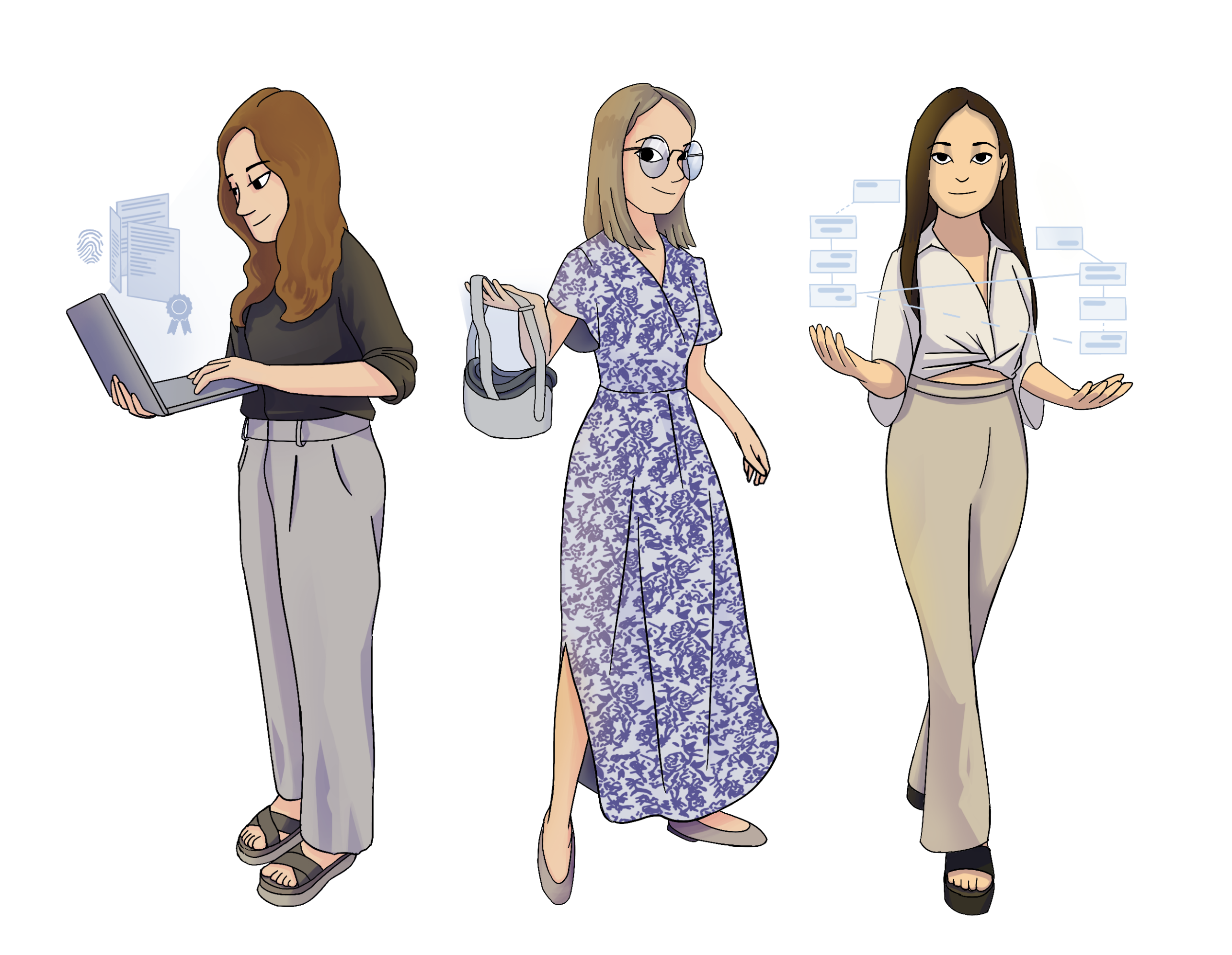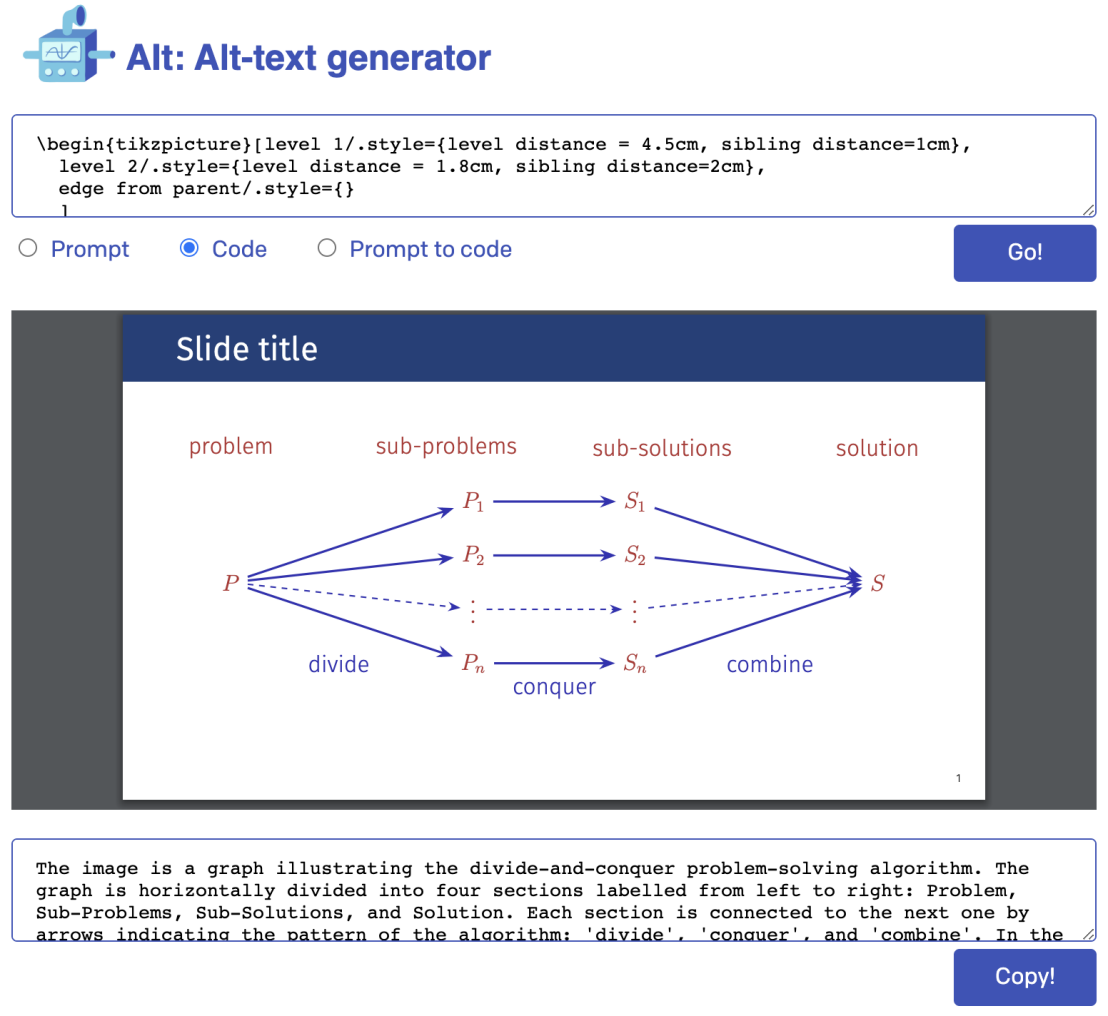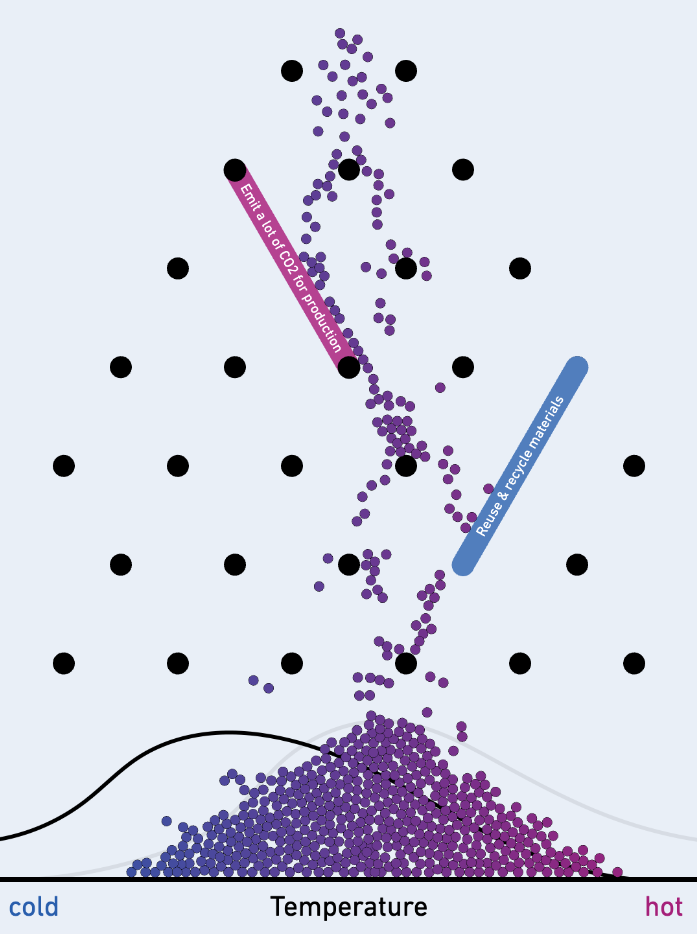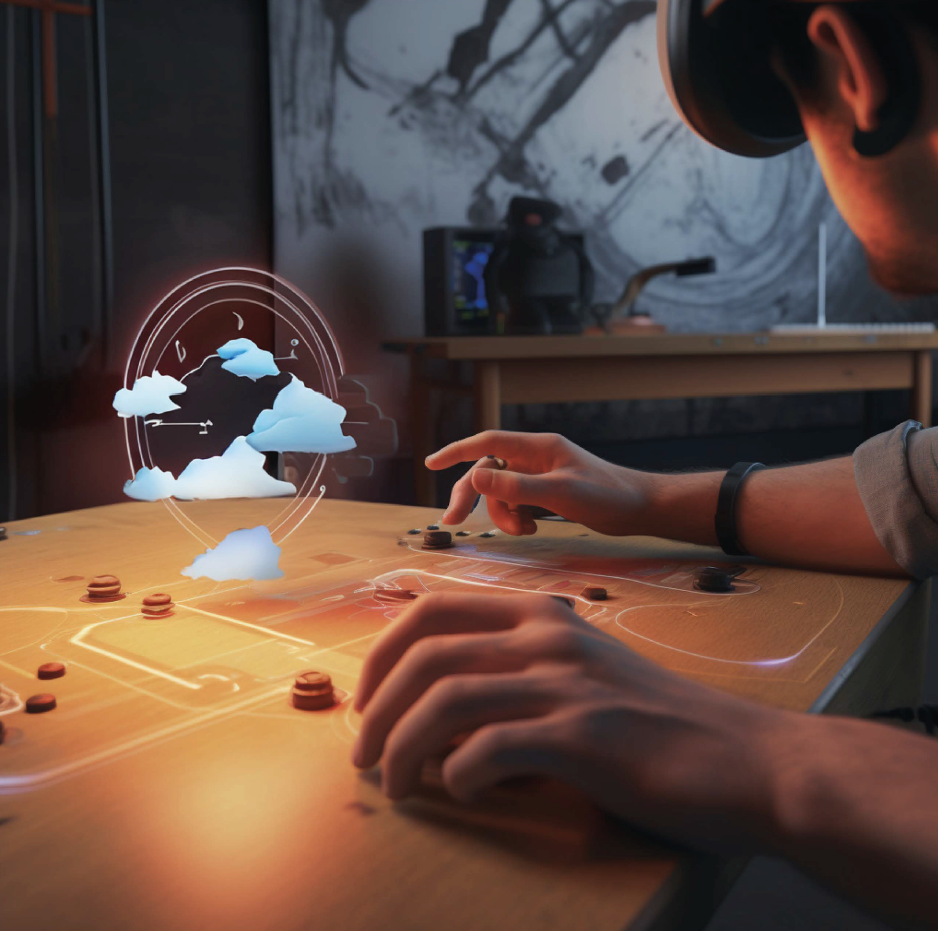Educational Technology
The EduTech team of LET at ETH Zurich gathers expertise on designing, implementing, and evaluating educational technology for higher education.

The EduTech team has several missions:
- Guide lecturers in implementing technological solutions for their practice
- Inform lecturers of the potential of novel technology to support their practice
- Explore novel and innovative directions for educational technologies and higher education
- Transform to maintain expertise aligned with the state of the art of educational technologies
Selected projects
AI-assisted Grading
As the number of students in higher education is increasing, and while the available resources remain constant, the time spent by lecturers, researchers, and teaching assistants on grading mathematical tasks increases significantly. By supporting them in grading, we can reduce this workload. In this project, we look into how Large Language Models (LLMs) can be used to assist humans in the grading of hand-written math exams.
This project is conducted by Daria Onishchuk and Tianyi Liu, and is a collaboration with Prof. Dr. Gerd Kortemeyer, as well as D-MATH, specifically Dr. Laura Kobel-Keller and Prof. Dr. Thomas Willwacher, and D-INFK, specifically Prof. Dr. Mrinmaya Sachan.
Automatic Alt-text Generation

With the increasing number of students in higher education, at ETH, other institutions, and even online, accessibility is a major concern. Creating alternative texts (alt-texts) for visual content is a time-consuming task, requiring knowledge that not all content creators have. While there exist AI-based approaches to automatically generate alt-texts directly from images, these approaches perform very poorly on educational content, specifically in STEM fields.
In this project, we are exploring an AI-based intention-preserving approach to alt-text generation, using Large Language Models (LLMs) to generate alt-text not from the resulting image, but from the creation process itself.
This project is conducted by Alina Yaroshchuk and is a collaboration with Prof. Dr. Gerd Kortemeyer, Dr. Anton Bolfing, and Dr. Andreas René Fender.
Verifiable Credentials
Exchanging data between educational entities is a core academic business process. Right now, this data exchange is mostly still done via paper or e-mail, involving a lot of manual work and potential for errors. We will investigate a mechanism for secure and verifiable data exchange based largely on decentralization, enabling each institution, national educational ecosystem, and each learner to preserve their self-sovereignty while still being able to verifiably exchange credentials in efficient and convenient ways. Keys to this approach are Verifiable Credentials (VCs). In the first phase, within a year, we, as member of the ENHANCE international alliance, will examine the need, requirements, and feasibility of a decentralized system of data exchange using VCs. Second, by the end of 2025 we will set up a Proof of Concept to use Verifiable Credentials as a data transfer system within ENHANCE.
This project is conducted by Alina Yaroshchuk and is a collaboration with Prof. Dr. Gerd Kortemeyer, Dr. Philipp Bieri, and the ENHANCE alliance.
Climate Change Mini-game

To promote environmental sciences studies, we co-designed a low-threshold conversation starter game together with a working group from D-USYS. The game will be in exhibits for student marketing event purposes, together with a physical version of the game. The game focuses on representing temperatures as gaussians, because gaussian distributions can be simulated easily and visually appealing using a Galton board. Hence, visitors of the exhibition can release marbles above a Galton board, which illustrates the chaotic behavior of weather which results in a Gaussian distribution. Subsequently, visitors can introduce natural phenomena, societal actions or policies by blocking some paths within the system. Hence, they alter the resulting distribution.
This project is conduted by Martina Kessler and is a collaboration with EduMedia, specifically Hannes Oehen, and D-USYS, specifically Dr. Anouk N'Guyen van Chinh, Lorena Kuratle, Noëmi Brüggemann, Samuel Lüthi, Dr. Sarah Richman, Sophie Scheiwiller, Tobias Keller, and Sophie Graf.
Virtual Reality for Accessibility

Accessibility is increasingly becoming a focal point in societal discourse, marking a positive development. In Switzerland alone, 20 percent of the population lives with some form of disability, with 377,000 individuals being visual impaired, the need for inclusive solutions is pressing. Access to education is a fundamental right for all citizens, yet educative materials, particularly images, pose significant challenges for those with visual impairments. Embracing a participatory approach, this project leads to the development of a virtual, accessible alternative to an educational image. With the focus being on haptic feedback via controllers, spatial sound and embodied learning. It explores the requirements for improved "mental visualization" in visually impaired people on a specific thematic example through prototype testings and interviews, deriving design guidelines from the insights.
This project is conducted by Helena Klein and is a collaboration with ZHdK, specifically Noemi Chow.
Contact
Have a question about educational technology? Interested about working together on a project? Contact Dr. Julia Chatain.
